|
Mell M. Stephenson Jr.
- Mell Manley Stephenson Jr
- Birth: 03 MAY 1907
- Military Service: Killed when his plane crashed in Panama as a pilot in the Army.
- Death: 01 NOV 1939 in Panama during war
- Burial: Oconee Hill Cemetery Lot 54, Athens, Georgia
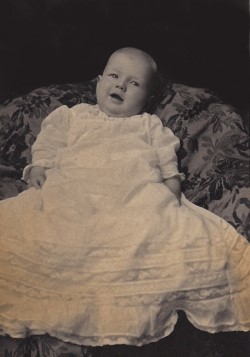
Mell Manley Stephenson Jr.
b: MAY 1907
Marriage 1 Spouse (Johnnie)
Death: 1 NOV 1939
in Panama
|
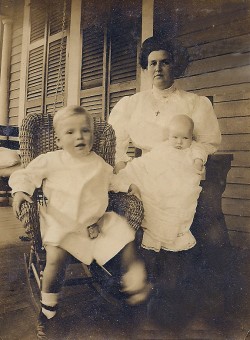
Mell Manley Stephenson Jr. with his
mother Daisey and sister Mildred
circ: 1909
|
|
|
|
|
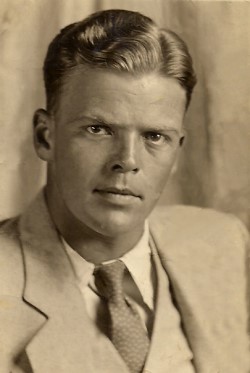
Mell Manley Stephenson Jr.
circ:1935
|
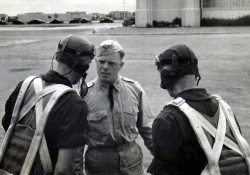
Mell Manley Stephenson Jr.
on the Flight Line
circ:1937 |
|
|
|
|
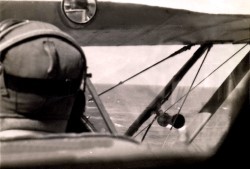
Mell Manley Stephenson Jr.
on a flight
circ:1937 |
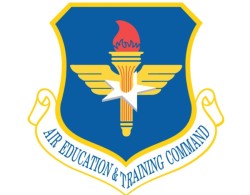
Training Squadron Emblem
|
|
|
|
|
During his tour in San Antonio, Second Leiutenant Mell M. Stephenson's identity was used in misappropriation of aircraft at Randolf Field Texas.
Read recap, click here
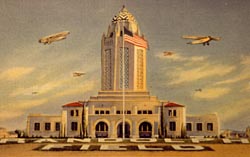
Historic postcard of Randolph's most prominent building,
the Administration Building, also known as the Taj Mahal
Courtesy of Jody Cook
Randolph Air Force Base (Randolph AFB) is a base of the United States Air Force located in Universal City, Texas, near San Antonio. Dedicated June 20, 1930, as a flying training base, it continues with that mission today.
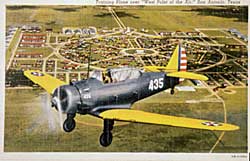
The base is named after Captain William Millican Randolph, a native of Austin, who was on the base naming committee at the time of his death in a crash. It serves as headquarters of the Air Education and Training Command (AETC) as well as the Air Force Personnel Center (AFPC) and is known as "the Showplace of the Air Force" because of the Spanish Colonial Revival Style architecture in which all structures including hangars were constructed. The symbol of the base is a large water tower atop Building 100, housing the headquarters for Randolph's major flying unit, the 12th Flying Training Wing (12 FTW). With its distinctive architecture, the wing's headquarters has come to be known throughout the Air Force as "the Taj Mahal," or simply "The Taj". Another AETC unit, the 502d Air Base Wing (502 ABW) is the host wing for Randolph. A recently established organization, the 502 ABW assumed host wing duties from the 12 FTW, allowing the latter to concentrate on flight operations and training.
Randolph AFB operates parallel runways on either side of its main installation facilities and conducts 24-hour-a-day flight training operations.
Tenant units of Randolph AFB also include the Air Force Personnel Center (AFPC), Air Force Manpower Agency, Air Force Office of Special Investigations Field Investigations Region 4 and the Air Force Recruiting Service.
| |
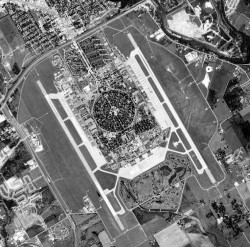  |
|
| |
|
|
| |
|
|
| |
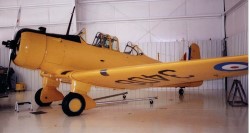  |
|
| |
|
|
| |
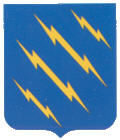 Emblem of the USAAF 16th Pursuit Group @ Albrook Field Panama Emblem of the USAAF 16th Pursuit Group @ Albrook Field Panama
The group's emblem, approved in 1934, has four lightning bolts -- representing the four assigned squadrons -- depicting destruction from the sky.
Overview: Activated in the Panama Canal Zone in 1932 as the 16th Pursuit Group, the group was equipped with Curtiss P-40s in 1941 and redesignated the 16th Fighter Group in 1942. The group disbanded in 1943. In 1993, the group was re established and consolidated with the 1st Special Operations Wing, which had been activated in 1944 in Burma as the 1st Commando Group. Inactivated in 1945, the group was activated again at Hurlburt Field, Florida, in 1962 and elevated to wing status in 1963. Equipped with a variety of aircraft, it carries out special operations training and unconventional warfare operations worldwide. It became the 16th Special Operations Wing in 1995, and then the 1st Special Operations Wing in 2005. The 1 SOW retains all the honors the 16 SOW / 1 ACW / 1 ACG / 16 PG garnered in its 74 year existence.
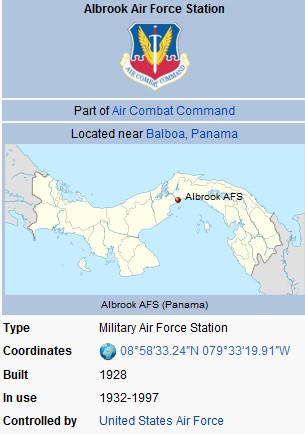
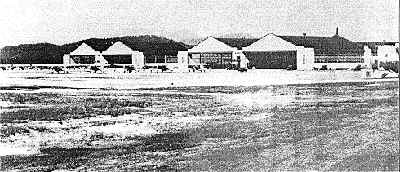
Albrook Buildings 444 (Hangar #1) and 445 (Hangar 2), ca. 1934 (Source both photos: History Office, Howard AFB, RoP)
|
|
| |
Mell Jr. was flying a Curtiss P-36A with the 16 Pursuit Group In Panama.
His plane was Serial #38 in Panama . (Ditched with 16 PG, 24 PS) ditched into Chame Bay , Panama Nov 1, 1939.

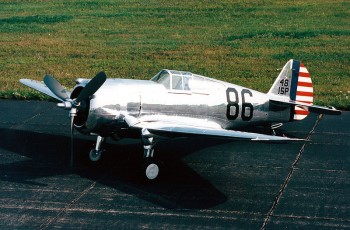
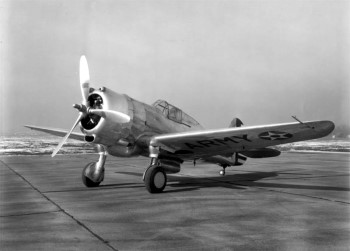
|
|
| |
The P-36, developed from the Curtiss Hawk Model 75 originally designed for France , was first produced for the Air Corps in 1938. The Army Air Corps obtained 243 P-46s, including 30 P-36G export models seized by the U.S. government in 1942 because of the German occupation of Norway .
A contemporary of the both the Hawker Hurricane and Messerschmitt Bf 109, it was one of the first of a new generation of combat aircraft—a sleek monoplane design making extensive use of metal in its construction and powered by a powerful radial engine. Obsolescent at the onset of World War II and best known as the predecessor of the Curtiss P-40, the P-36 saw only limited combat with the United States Army Air Forces, but it was used more extensively by the French Air Force, both during the Battle of France and by the Vichy France armed forces, and also by the British Commonwealth (where it was known as the Mohawk), and Chinese air units. Several dozen also fought in the Finnish Air Force against the Soviet Air Forces. With around 1,000 aircraft built, the P-36 was a major commercial success for Curtiss. This article also covers the YP-37 and the XP-42 prototypes based on the P-36.
Both France and England used the Hawk 75A in combat over Europe in 1939 and 1940, even though the airplane was obsolescent when compared to its major adversary, the German Messerschmitt Bf 109. During 1941, the Air Corps transferred 39 of its P-36s to Hawaii and 20 to Alaska . After World War II began, the outmoded P-36 soon was relegated to training and courier duties within the United States .
The airplane on display is the first P-36A delivered to the Air Corps. It was donated by Edward S. Perkins of Anniston , Ala. , in April 1959. It is painted to represent the P-36A flown by Lt. Philip Rasmussen during the Japanese attack on Pearl Harbor, Dec. 7, 1941 .
TECHNICAL NOTES:
Armament: Two .30-cal. or two .50-cal. machine guns
Engine: Pratt & Whitney R-1830 of 1,050 hp
Maximum speed: 313 mph
Cruising speed: 250 mph
Range: 830 miles
Ceiling: 32,700 ft.
Span: 37 ft. 4 in.
Length: 28 ft. 6 in.
Height: 8 ft. 5 in.
Weight: 5,650 lbs. loaded |
|
| |
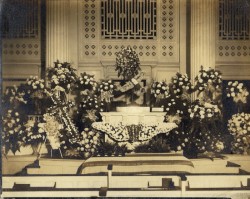
The flag draped casket and flowers at Mell Jr's funeral. Note the design of wings of plane.
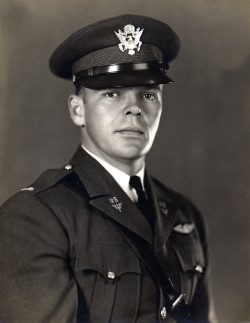
|
|

Contact us for more info
|